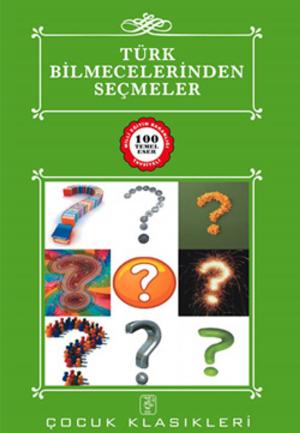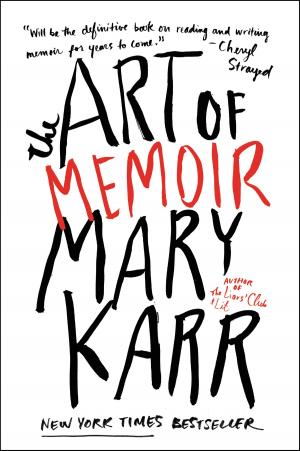Stamp It Holy
Stories and Wisdom of Native Youth
Nonfiction, Home & Garden, Antiques & Collectibles, Books| Author: | Kaze Gadway | ISBN: | 9780692915868 |
| Publisher: | TeamTech Press | Publication: | March 23, 2017 |
| Imprint: | TeamTech Press | Language: | English |
| Author: | Kaze Gadway |
| ISBN: | 9780692915868 |
| Publisher: | TeamTech Press |
| Publication: | March 23, 2017 |
| Imprint: | TeamTech Press |
| Language: | English |
“Stamp It Holy” describes a thirteen-year journey of Native youth from age twelve to eighteen. It takes place in Arizona border towns adjacent to Navajo and Hopi Reservations. In the forty-eight stories, the youth and their mentor enjoy spirited dialogues on issues facing these at-risk kids. Many of the stories include practical exercises on how to handle pain or divert anger. Daily reflections on activities like serving at food banks bring out the wisdom of their Native heritage.
At first, the youth visibly exhibit societal pain by acting out. They talk of being trapped without a future and being unable to change. Certain turning points shape us: inviting the disenfranchised to the group, taking trips for alternative options, choosing homelessness as our purpose, making Skid Road our symbol of caring, and incorporating Native traditions. An image of a basic shift happened the first time we went to the Pacific Ocean. Several youth told me that they would just play in the sand. Nothing could make them go into the ocean. When we arrived, everyone looked at each other and then rushed into the ocean with all their street clothes on. As they jumped and frolicked in the ocean, I realized that I had never seen them just playing. I saw that transformation was possible.
The book is organized into three sections and an appendix.
I. Changing Images to Promote Growth.
The youth chose four basic images that held them back:
A. Seeing life as bad things aimed at them rather than the possibility of wholeness.
B. Seeing the past as dragging them down rather than as a treasury of experiences.
C. Seeing the future as blocked rather than open.
D. Seeing themselves as worthless rather than cherished.
II. Reclaiming Stories to Restore Dignity.
Stories are foundational to Native culture. Some self-stories paralyze rather than encourage.
Stories chosen by the youth involve:
A. Managing difficult issues rather than avoidance.
B. Affirming given situations rather than condemnation.
C. Expanding the scope of alternatives rather than reduction.
III. Sacred Paths to Give Meaning
Cementing images and stories require practices that impart meaning on a profound level. Experimenting with many Native and other faith traditions led us into incorporating or creating a practice that leads to something sacred.
A. Shaping exercises that awaken us to new vistas.
B. Shaping exercises that open us to wonder.
C. Shaping exercises that lead us to compassion.
D. Shaping exercises that enfold us in blessings.
Appendix of Additional Curriculum
Included in the appendix are practical exercises that encourage the youth to be a full member of society and to understand how to be spiritual in this century. These exercises include everything from learning what is expected in a job to how to write a prayer.
“Stamp It Holy” describes a thirteen-year journey of Native youth from age twelve to eighteen. It takes place in Arizona border towns adjacent to Navajo and Hopi Reservations. In the forty-eight stories, the youth and their mentor enjoy spirited dialogues on issues facing these at-risk kids. Many of the stories include practical exercises on how to handle pain or divert anger. Daily reflections on activities like serving at food banks bring out the wisdom of their Native heritage.
At first, the youth visibly exhibit societal pain by acting out. They talk of being trapped without a future and being unable to change. Certain turning points shape us: inviting the disenfranchised to the group, taking trips for alternative options, choosing homelessness as our purpose, making Skid Road our symbol of caring, and incorporating Native traditions. An image of a basic shift happened the first time we went to the Pacific Ocean. Several youth told me that they would just play in the sand. Nothing could make them go into the ocean. When we arrived, everyone looked at each other and then rushed into the ocean with all their street clothes on. As they jumped and frolicked in the ocean, I realized that I had never seen them just playing. I saw that transformation was possible.
The book is organized into three sections and an appendix.
I. Changing Images to Promote Growth.
The youth chose four basic images that held them back:
A. Seeing life as bad things aimed at them rather than the possibility of wholeness.
B. Seeing the past as dragging them down rather than as a treasury of experiences.
C. Seeing the future as blocked rather than open.
D. Seeing themselves as worthless rather than cherished.
II. Reclaiming Stories to Restore Dignity.
Stories are foundational to Native culture. Some self-stories paralyze rather than encourage.
Stories chosen by the youth involve:
A. Managing difficult issues rather than avoidance.
B. Affirming given situations rather than condemnation.
C. Expanding the scope of alternatives rather than reduction.
III. Sacred Paths to Give Meaning
Cementing images and stories require practices that impart meaning on a profound level. Experimenting with many Native and other faith traditions led us into incorporating or creating a practice that leads to something sacred.
A. Shaping exercises that awaken us to new vistas.
B. Shaping exercises that open us to wonder.
C. Shaping exercises that lead us to compassion.
D. Shaping exercises that enfold us in blessings.
Appendix of Additional Curriculum
Included in the appendix are practical exercises that encourage the youth to be a full member of society and to understand how to be spiritual in this century. These exercises include everything from learning what is expected in a job to how to write a prayer.















